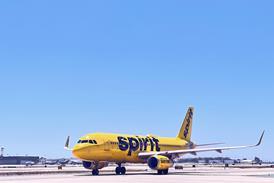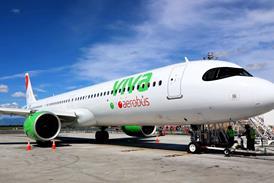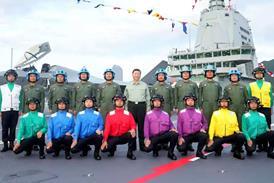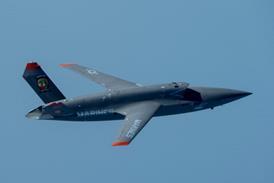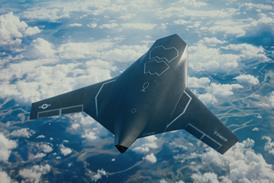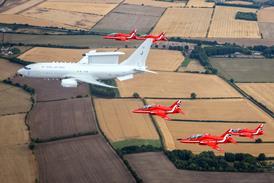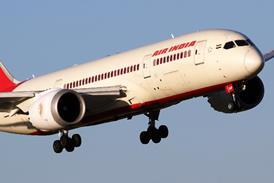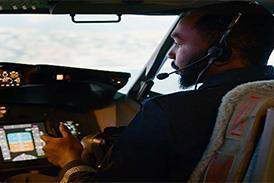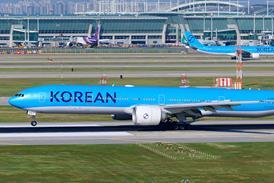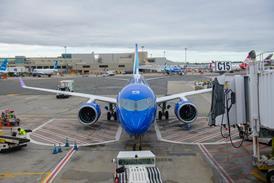China has commissioned the CNS Fujian, making it the third nation with an in-service CATOBAR (catapult-assisted take-off but arrested recovery) aircraft carrier.
Video posted on Chinese social media shows Chinese ruler Xi Jinping presiding over the commissioning ceremony for the ship, China’s third operational carrier. The footage shows Xi receiving a flag, and reports suggest he also toured the vessel, which is berthed at Hainan.

The deck video shows six fixed-wing aircraft and two helicopters. The fixed-wing complement appears to include a Shenyang J-15T (the CATOBAR-capable variant of the J-15), two Shenyang J-35A stealth fighters, and two Xian KJ-600 airborne early warning and control aircraft. The sixth aircraft is either a second J-15T or a J-15D electronic attack variant, which performs a role similar to the US Navy’s (USN’s) Boeing EA-18G Growler.
Also on deck are two Harbin Z-20F/J helicopters. The Z-20 closely resembles the USN’s MH-60R/S series; the Z-20F is equipped for anti-submarine warfare, while the Z-20J performs utility missions.
Only two other nations operate CATOBAR carriers: the United States, with 11 nuclear-powered carriers, and France, with the single nuclear-powered Charles de Gaulle. China’s Fujian, meanwhile, is conventionally powered.
The commissioning follows military videos released in September showing flight operations aboard Fujian, including fixed-wing launches using the carrier’s electromagnetic aircraft launch system (EMALS).
EMALS is also used aboard the USN’s Gerald R. Ford-class carriers. While the USN’s Ford class employs four EMALS catapults (and the older Nimitz class uses four steam catapults), Fujian is fitted with three EMALS catapults.
The ship has two aircraft elevators to the hangar deck, compared with three on USN carriers.
Naval analysts have noted that the presence of just three EMALS and two elevators will limit Fujian’s sortie-generation capability relative to USN carriers.
Fujian’s commissioning comes nearly six years after Xi attended the commissioning of CNS Shandong, China’s second carrier, in December 2019. Shandong and China’s first carrier, CNS Liaoning, are STOBAR (short take-off but arrested recovery) carriers that use a ski-jump ramp. While simpler to operate, ski-jumps limit aircraft payloads and prevent the use of specialised support aircraft such as the KJ-600.

Displacing roughly 85,000t, Fujian is the largest warship ever commissioned by an Asia-Pacific navy. Its larger size allows for an air wing of 50-60 aircraft, compared with the 30-45 aircraft typically embarked on Liaoning and Shandong.
Fujian now faces the demanding task of qualifying its new air wing. Full operational capability will likely follow a phase of extended blue-water deployments to test its logistical and combat endurance.

